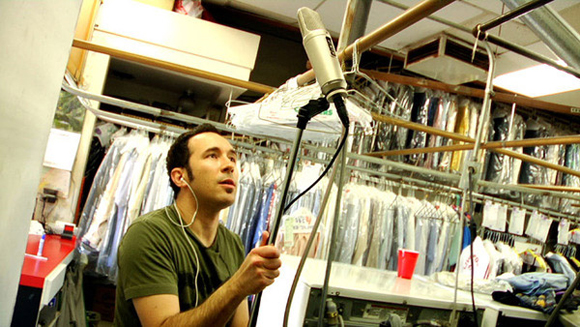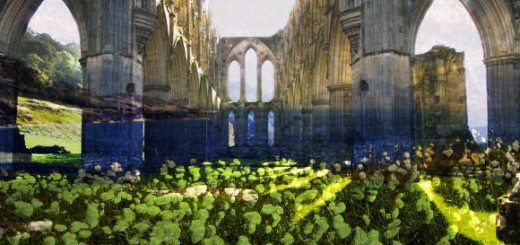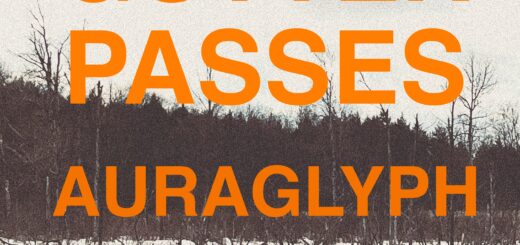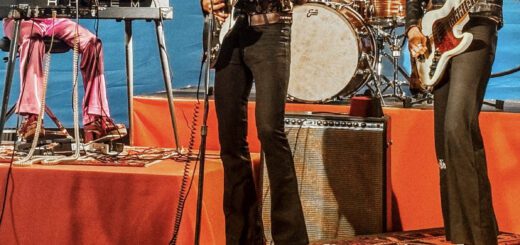Music From Weird Places
You can find some form of music in everything: a babbling brook, beeping computer components, an old oil drum, and traffic noises all have some element of rhythm or melody waiting to be unleashed. If you listen very closely, you can occasionally even find music on a Tom Waits record. I’ve come across a few profiles of music from unexpected places and musicians working with non-traditional instruments, so I thought I share them with you.
I found “Music From a Dry Cleaner” by Diego Stocco on the Fox is Black design blog. As the name implies, Stocco takes a cue from The Books and mashes up an entire song from recordings made in a small dry cleaner’s shop in Burbank, CA. “With dry cleaning equipment as his instruments,” writes FiB’s Bobby Solomon, “he created this unbelievably rhythmic music that’s pretty fantastic. It’s great that you get to see his process, that he really did walk around this dry cleaner for a few hours recording the various sounds, ultimately creating something beautiful.” Watch it all come together in the video below.
Unlike Stocco’s man-made sounds, the “symphonic march for 1,000 aeolian instruments” in Pierre Sauvageot’s Champ harmonique installation is created by the incessant gusting of Atlantic winds. Champ harmonique, which was set up in Cumbria, England, and may come to New York soon, is comprised of dozens of sculptures that react to wind by making various types of music. (This also reminds me of the kinetic artworks exploring the sound of obsolescence by Steven White.) Depending on the piece, low drones, childish wood block percussion, or sparkly wind-chimes might spontaneously start with the next breeze. According to this article on BLDGBLOG, Sauvageot is a diligent student and enthusiastic connoisseur of different wind-systems, often speculating how one might sound different from the next. BLDGBLOG’s Geoff Manaugh, though, takes Sauvageot’s ideas one step further and wonders what might sonically happen if Champ harmonique moved from the coast to the inner city. “After all,” Manaugh writes, “there are also weather systems artificially generated inside the earth by construction projects and large-scale pieces of urban infrastructure, whole subterranean climatologies of moving air that would not otherwise exist without the implanting hand of architecture, as if surgically grafted there.” Check out the project in the video below.
Finally, the most recent issue of Wired profiled UVB-76, an enigmatic shortwave radio signal originating in Russia. This wasn’t however, some pirate radio channel broadcasting the latest underground Russian pop music. It’s something that’s much harder to listen to.
For at least the decade leading up to 1992, it broadcast almost nothing but beeps; after that, it switched to buzzes, generally between 21 and 34 per minute, each lasting roughly a second—a nasally foghorn blaring through a crackly ether. The signal was said to emanate from the grounds of a voyenni gorodok (mini military city) near the village of Povarovo, and very rarely, perhaps once every few weeks, the monotony was broken by a male voice reciting brief sequences of numbers and words, often strings of Russian names: “Anna, Nikolai, Ivan, Tatyana, Roman.” But the balance of the airtime was filled by a steady, almost maddening, series of inexplicable tones.
From there the plot thickens, as short-wave hobbyists tried to make sense of the mysterious signal. Without warning, it would change its call sign. Formal information requests are ignored by the Russian government. After the author pinpoints where the broadcast is coming from, he talks to the people in the neighboring hamlet, who refuse to say anything about the radio tower. Yet, as they say, the beep goes on. More information and a live stream of UVB-76 here.
–Will Wlizlo








